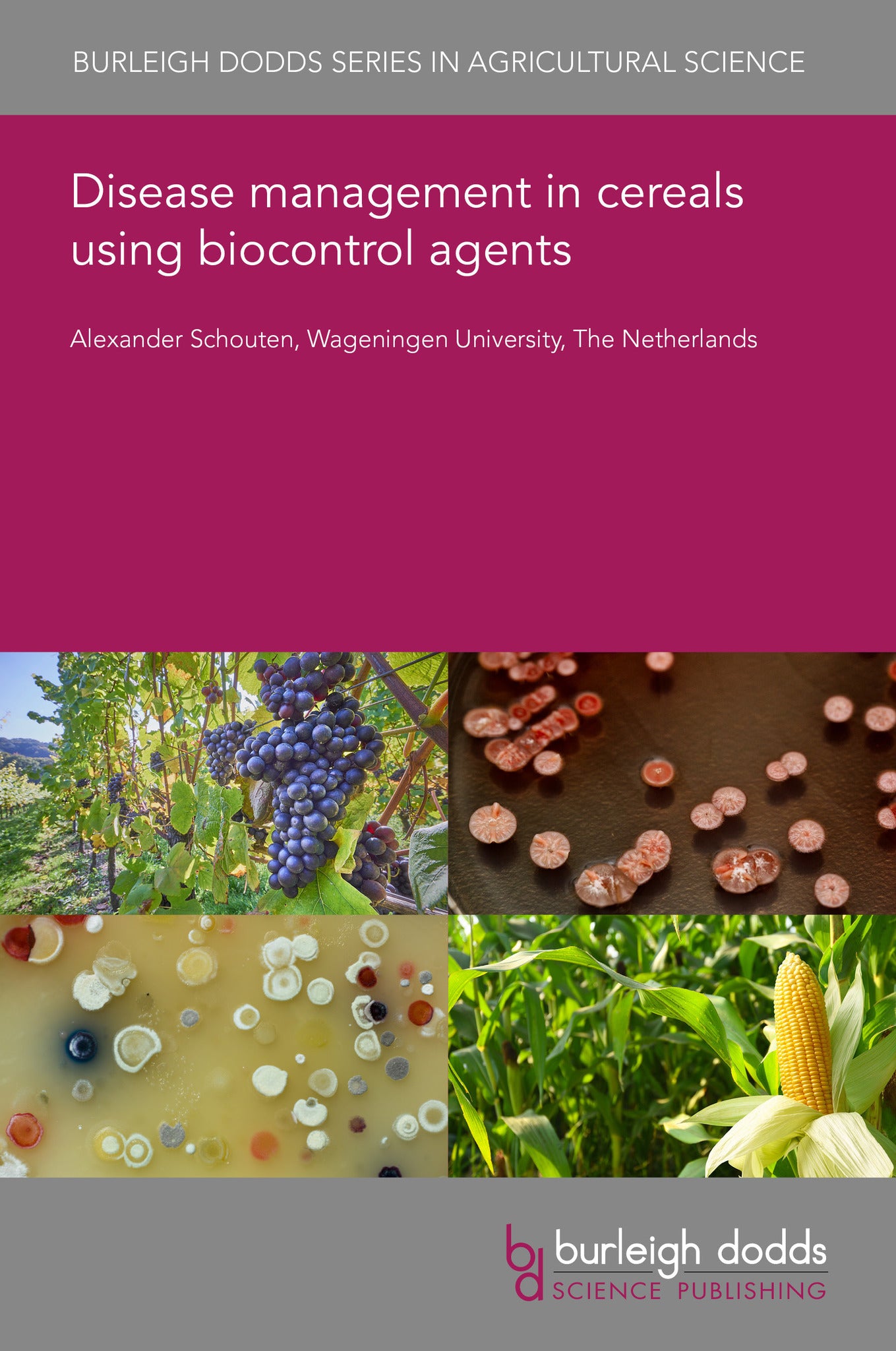We're sorry. An error has occurred
Please cancel or retry.
Disease management in cereals using biocontrol agents

Some error occured while loading the Quick View. Please close the Quick View and try reloading the page.
Couldn't load pickup availability
- Format:
-
07 August 2025

Cereals are challenged by many fungal and bacterial diseases, some of which can be most destructive, threatening food security and, when considering mycotoxin accumulation, also food safety. The application of antifungal and antibacterial chemicals, the development of resistant varieties and culturing methods have been used to contain the various diseases were until recent sufficient. However, resistance breaking, pathogen insensitivity toward chemical protection, and the banning of pesticides due to environmental and health concerns have turned things in favor of the pathogens. More emphasis will therefore be put on integrated pest management approaches, in which biological control may play an important role. This chapter discusses the application of biological entities and the responsible mechanisms to protect cereals against pathogenic fungi and bacteria, some of which were already discussed and applied well before the time of chemical pesticides, and their problems with respect to efficacy and durability.

TECHNOLOGY & ENGINEERING / Pest Control, Pest control / plant diseases, TECHNOLOGY & ENGINEERING / Agriculture / Agronomy / Crop Science, TECHNOLOGY & ENGINEERING / Agriculture / Sustainable Agriculture, Sustainable agriculture, Agronomy and crop production, Botany and plant sciences

- 1 Introduction
- 2 Antifungal compounds synthesized by microorganisms
- 3 Physically preventing pathogens to invade
- 4 Cereal secondary metabolites for the defense against fungal pathogens: true active compounds or just an intermediate?
- 5 Induced defense responses in cereals
- 6 Trichoderma: a multi-role biocontrol agent
- 7 Hypovirulence
- 8 Bacteriophages to control pathogenic bacteria
- 9 Conclusions
- 10 Where to look for further information
- 11 References



